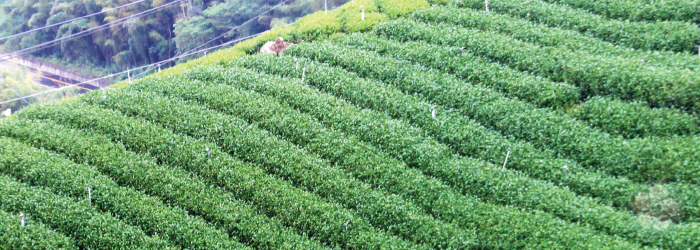4 Easy Steps to Train Your Tasting Palate
To those unfamiliar with the vast array of fine teas from around the world, the range and subtlety of tea flavors can be overwhelming and intimidating. As with fine wines, written tasting notes describing subjective flavor comparisons are often too poetic to be believable, and regularly fail to accurately describe the personal experience of the average tea drinker. Does that tea really taste like creme brulee or fresh papaya to anyone but the most talented tasters?
Luckily, there is no wrong way to taste tea. Each taster’s palate is shaped by a unique combination of experiences and priorities, and no two people are likely to have exactly the same impression of any tea. Even minimal experience is usually enough to create a personal definition of “good” and “bad” tea, and for most tea drinkers, this is enough. But for those who would like to train their palate and deepen their appreciation of flavor complexity, here are a few simple techniques to practice when tasting.
Continue reading










